Pride in Our Company
Pride is a common theme for us at Brennan. As an organization, we are privileged to be in a position where we can have so much of which to be proud. We’re lucky to have employees who commit to making Brennan a great place to work, and we are proud to have them. Finally, we are proud to be able to say that 96% of our employees are proud to share they work at Brennan, which we discovered from the findings of our 2018 Great Place to Work® re-certification.


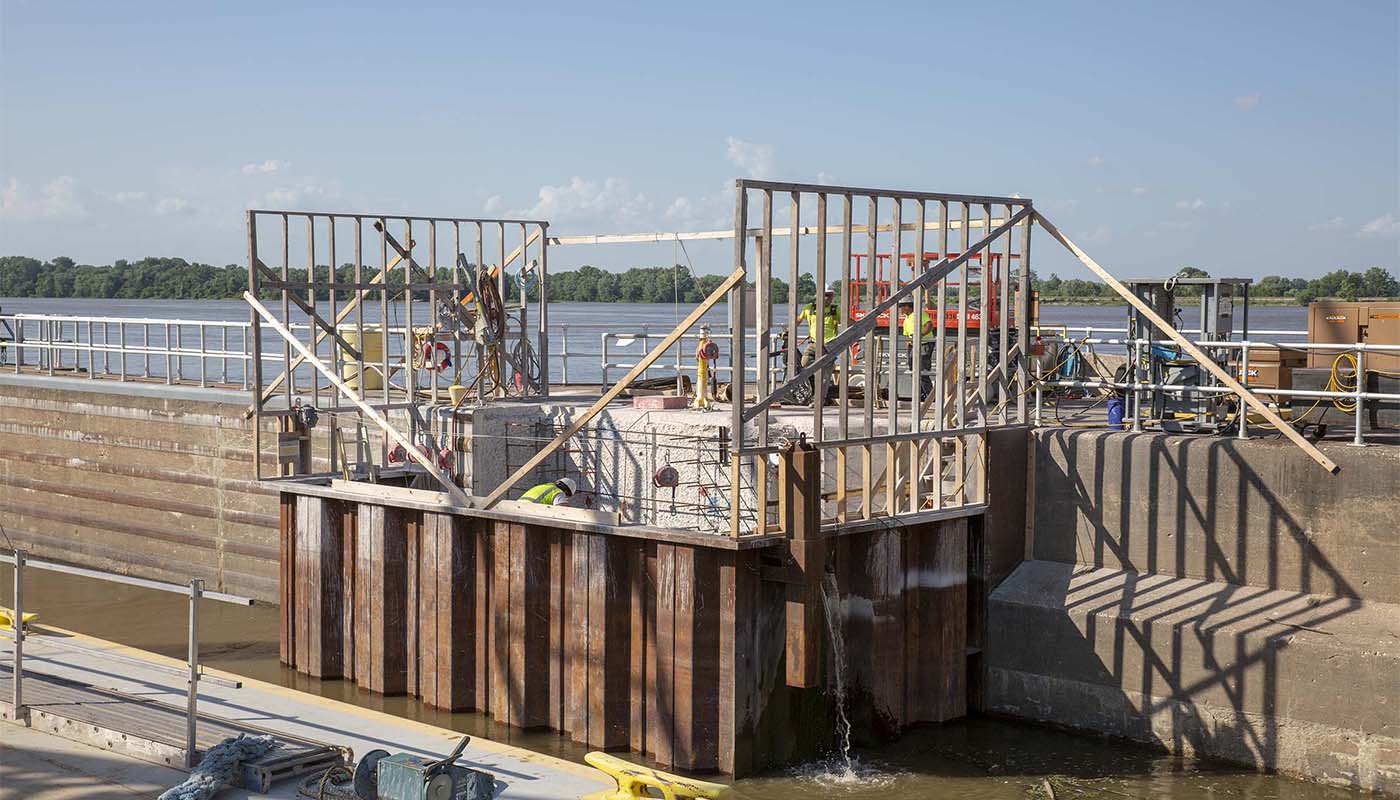
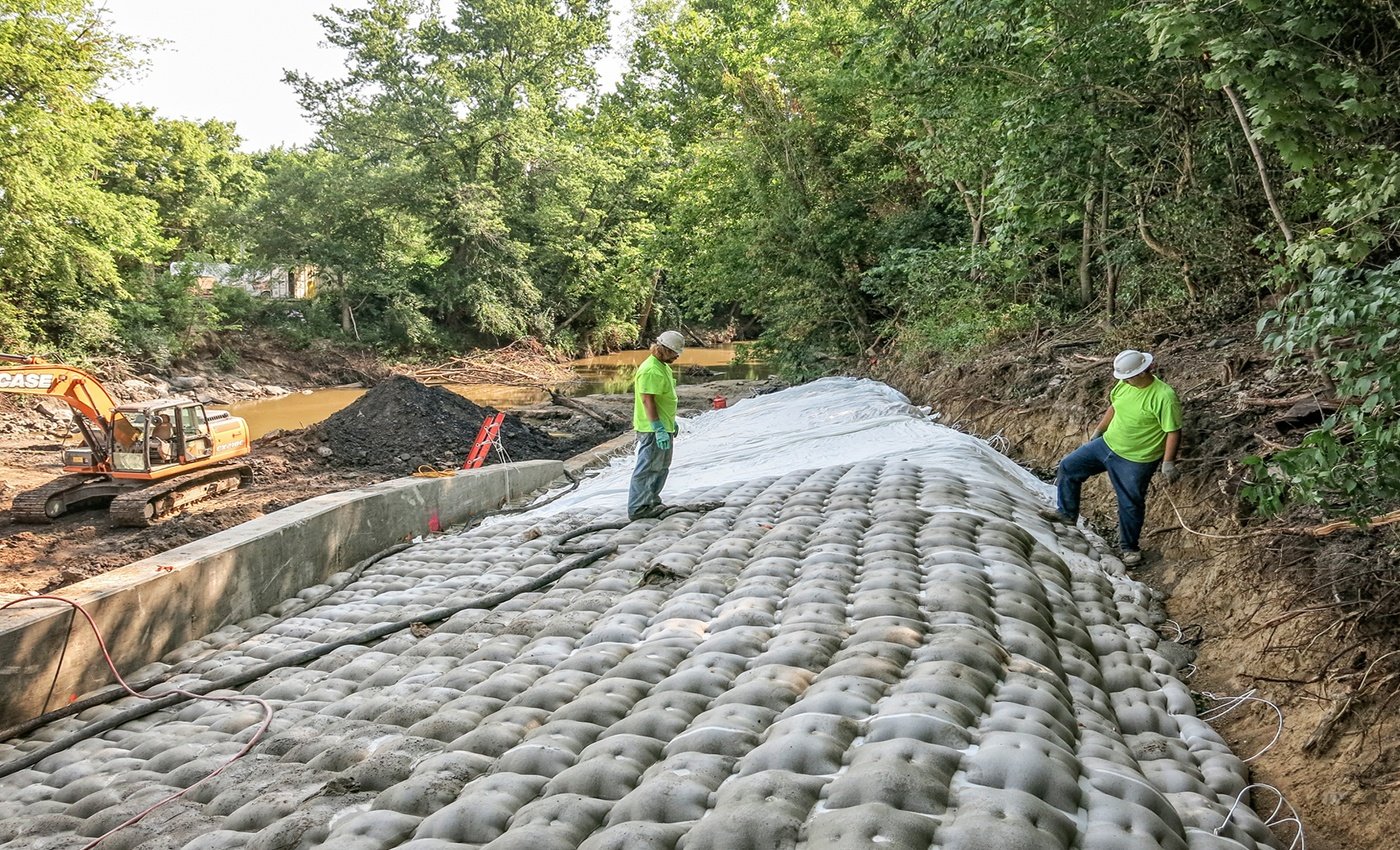
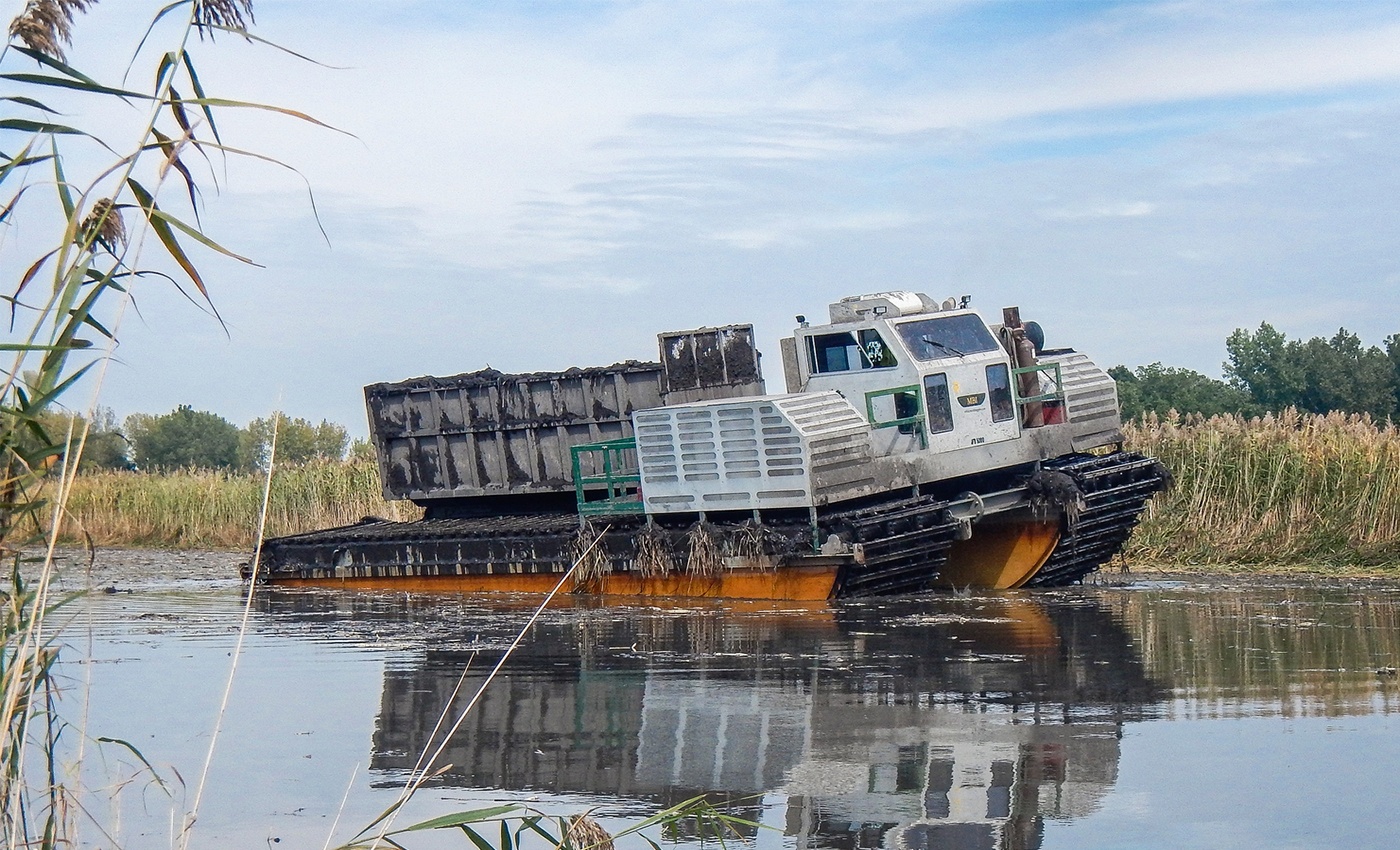
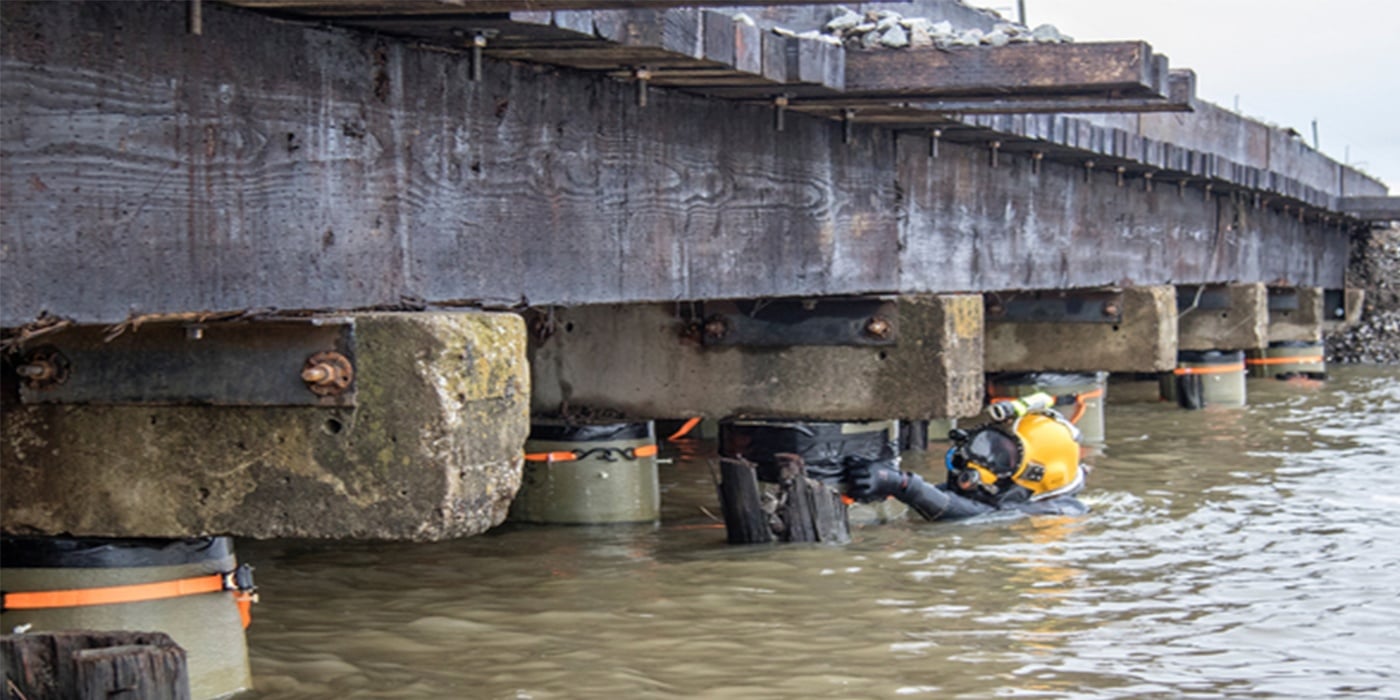
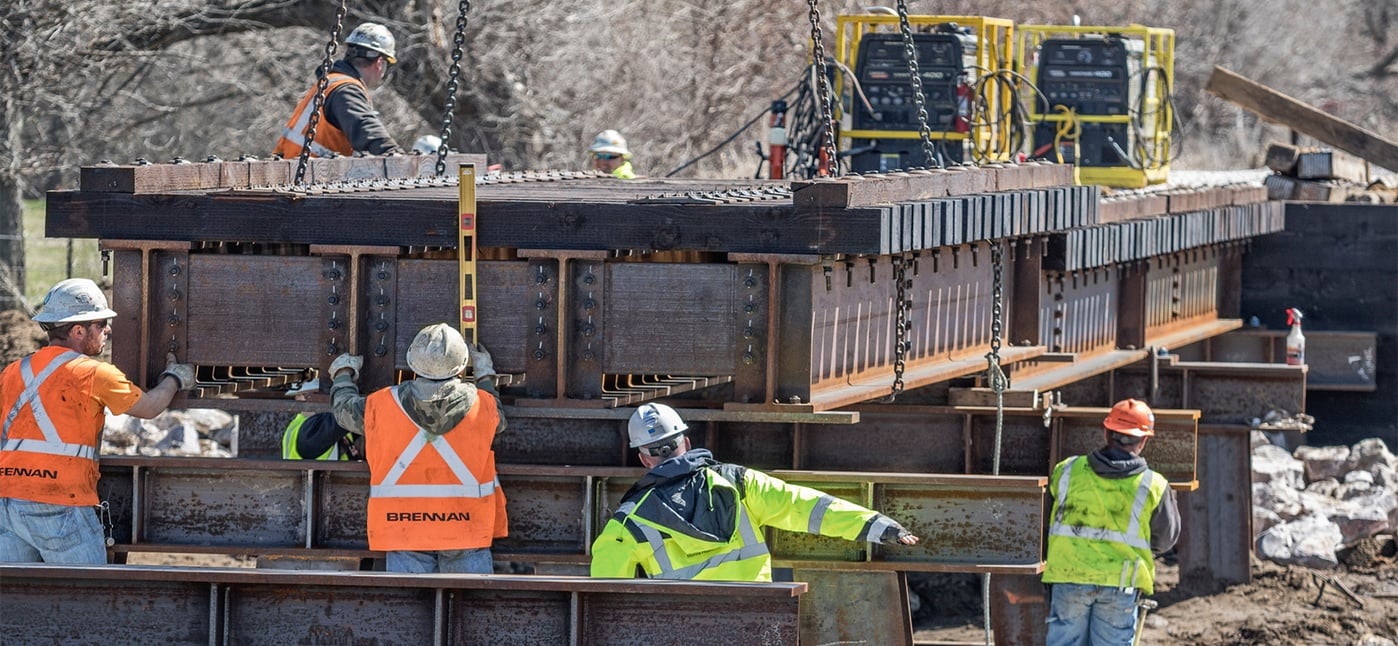
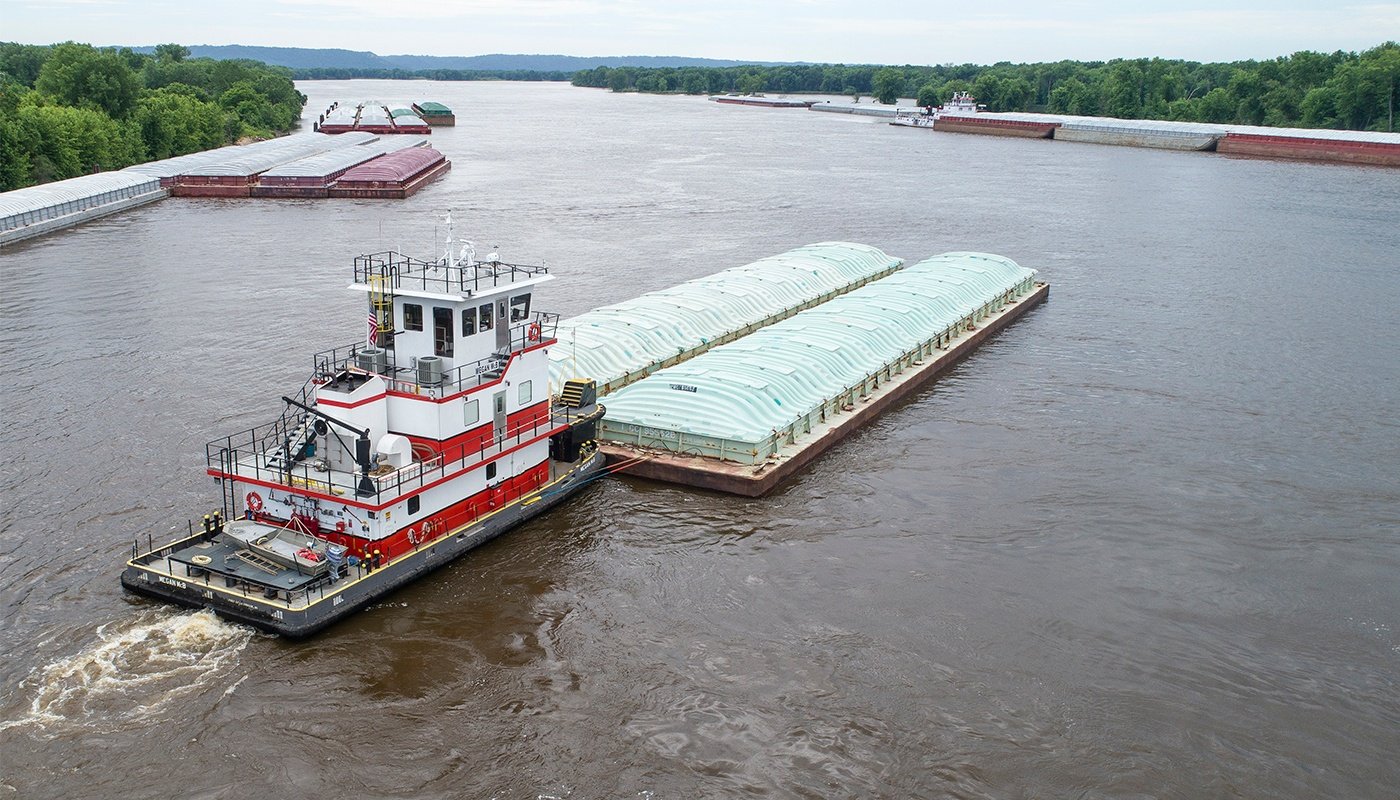
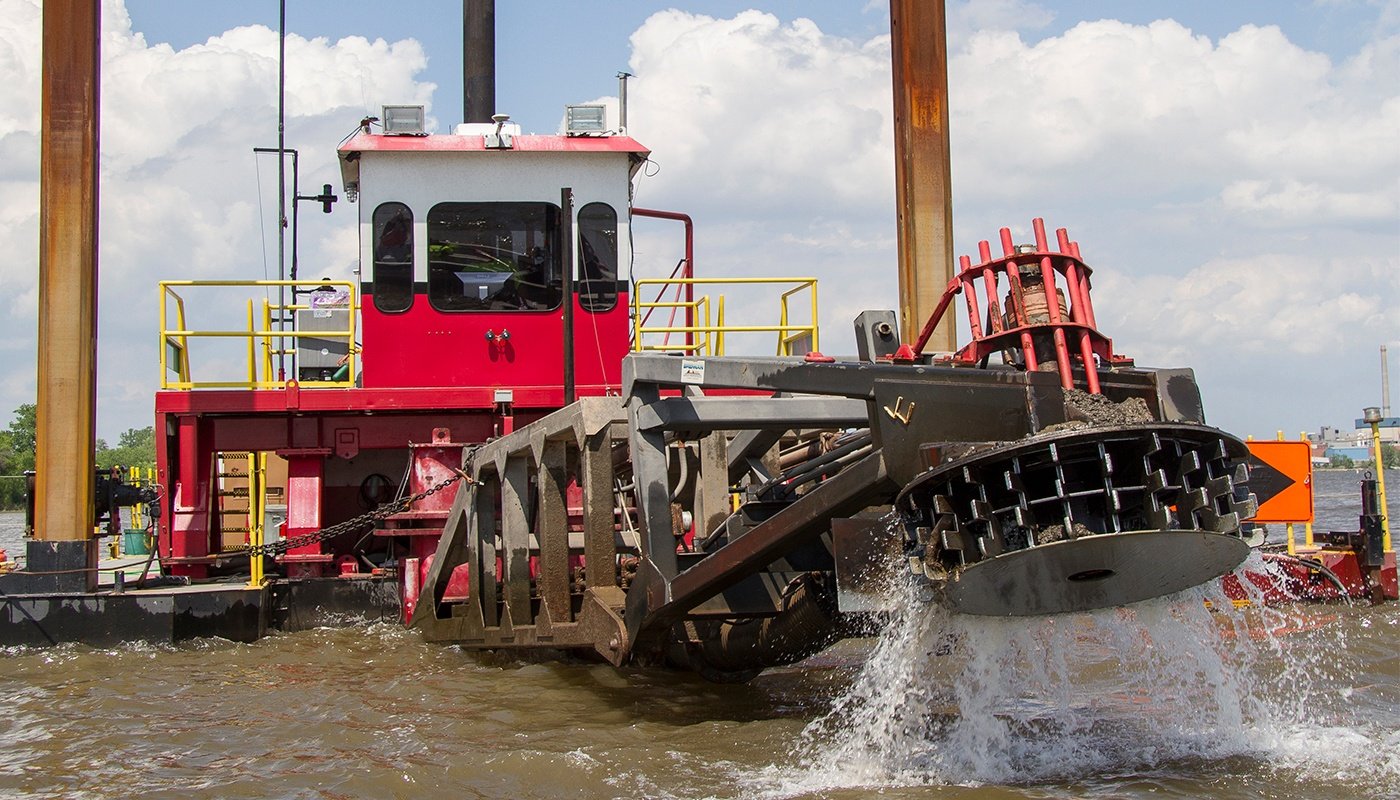
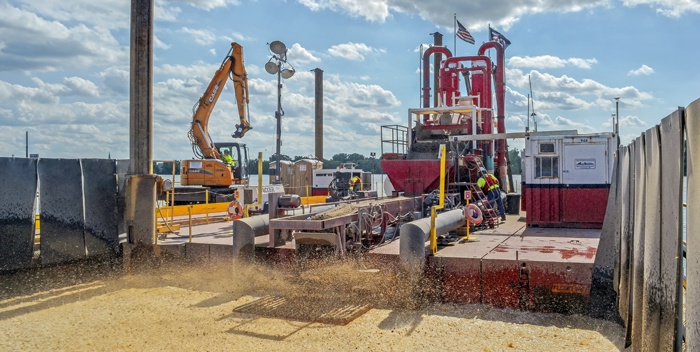
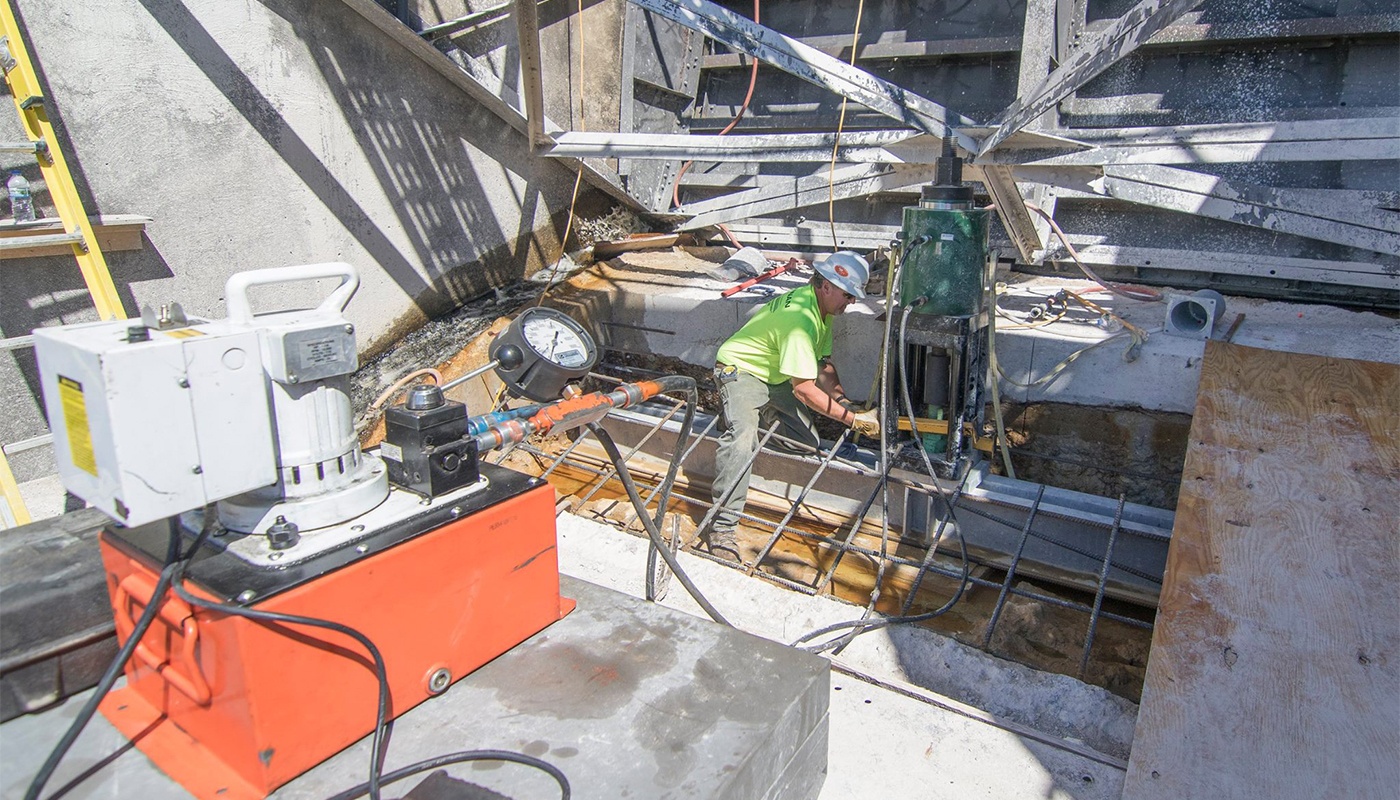
 Newer Posts
Newer Posts
